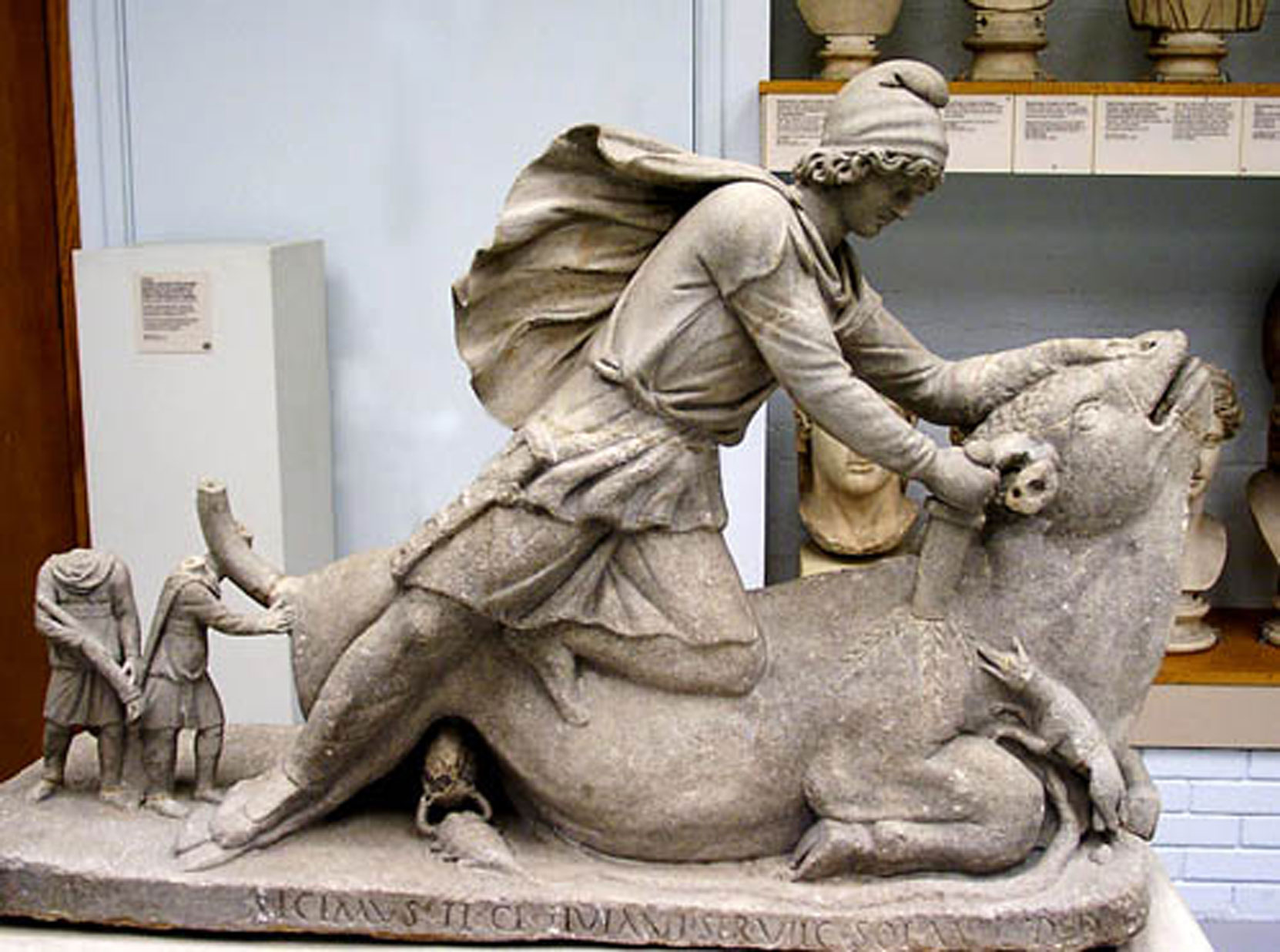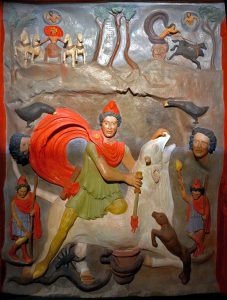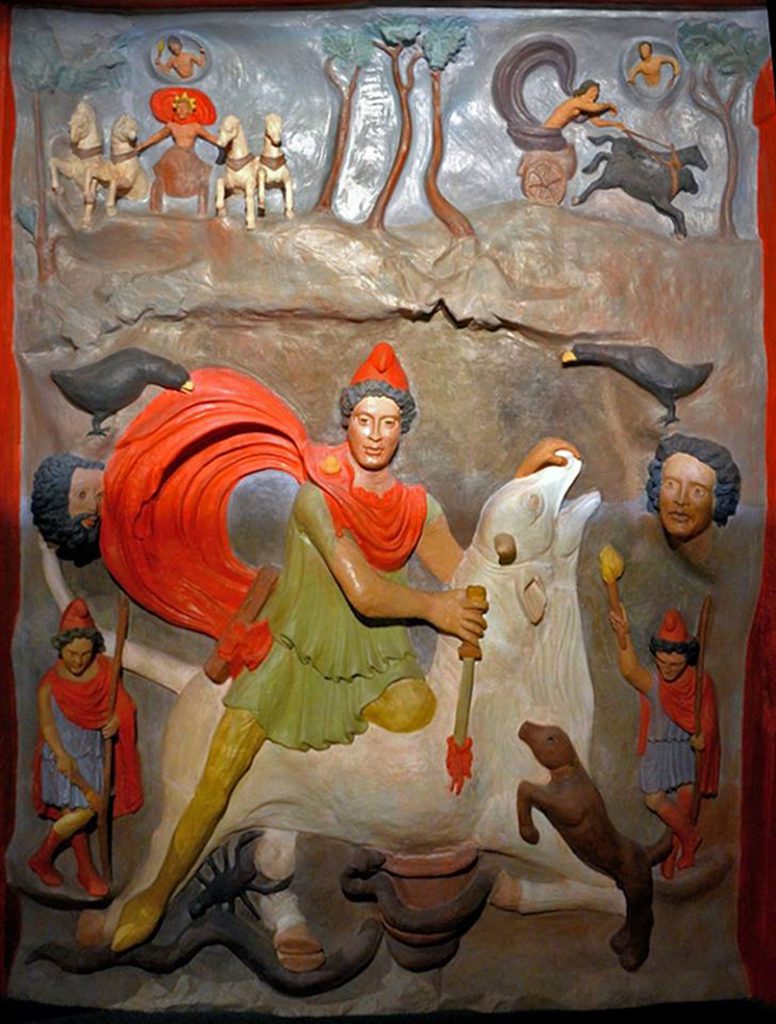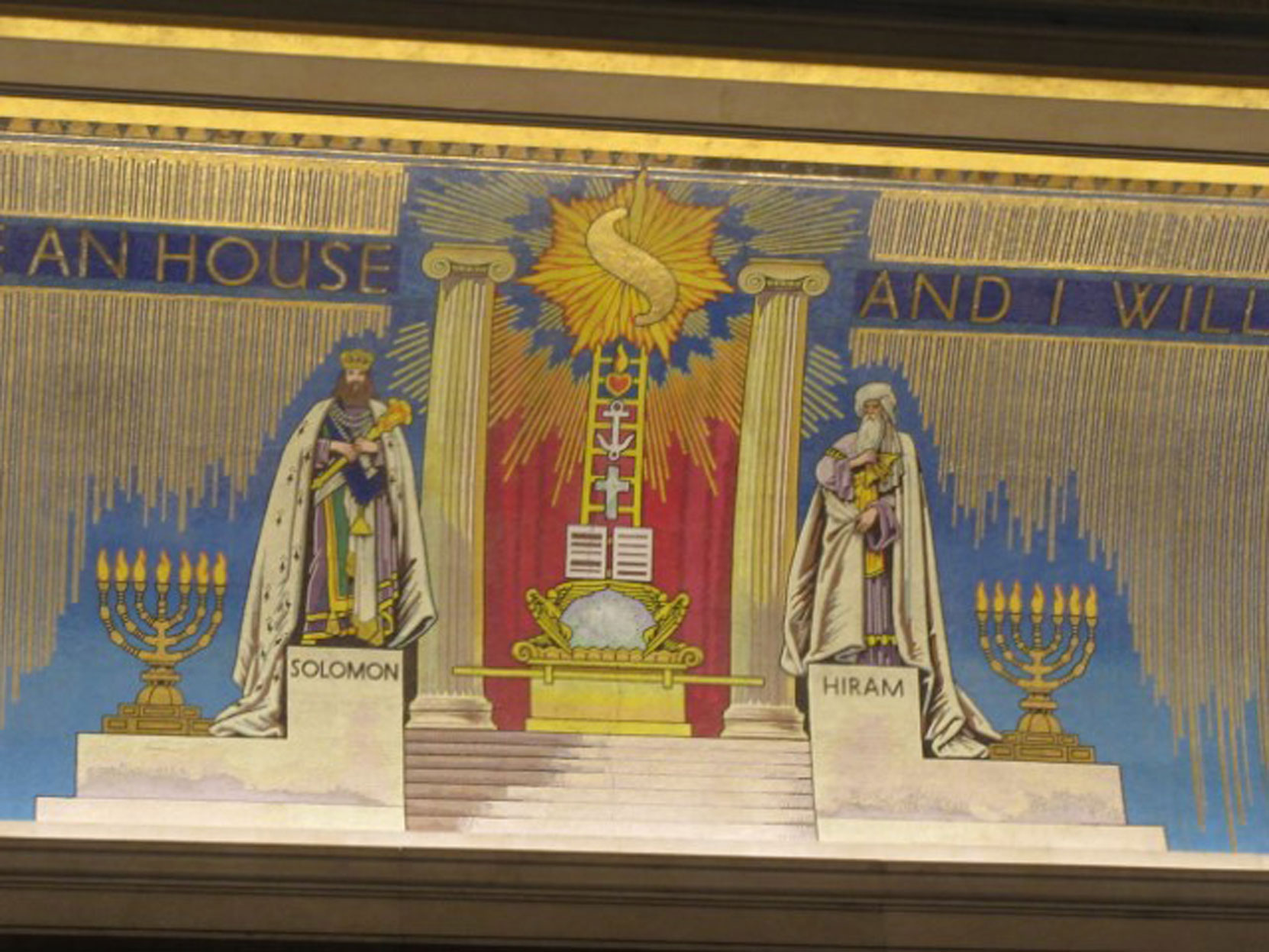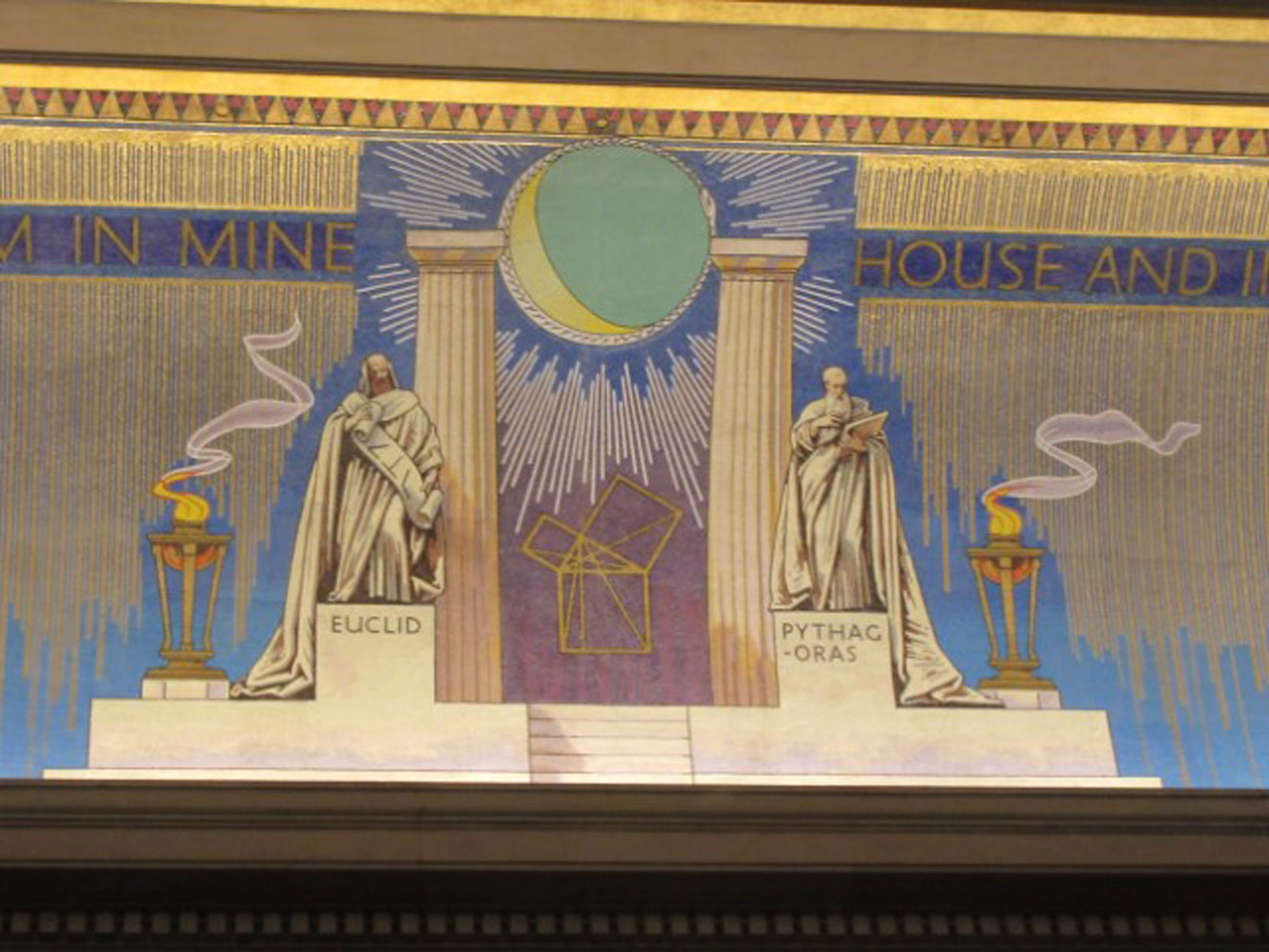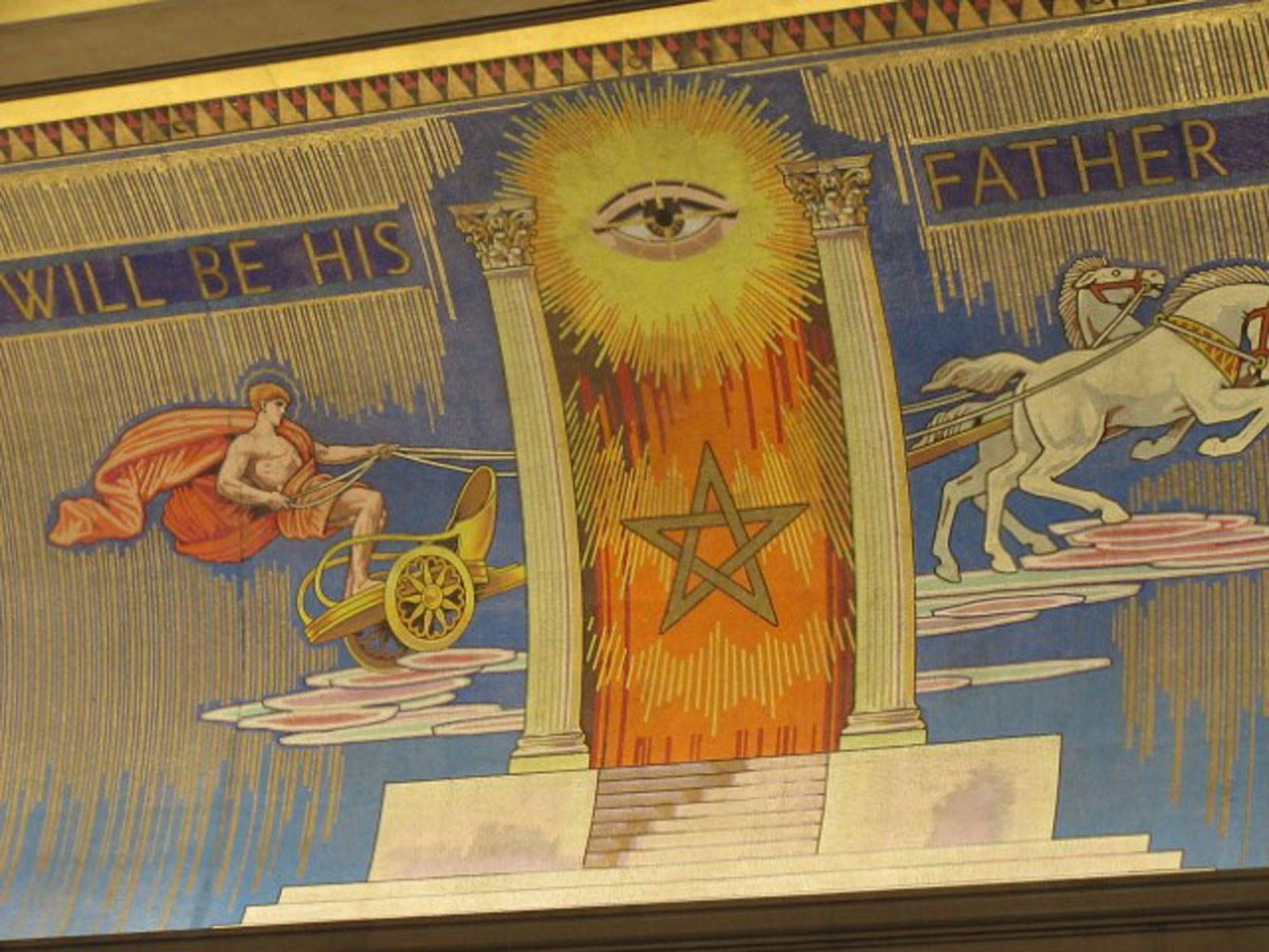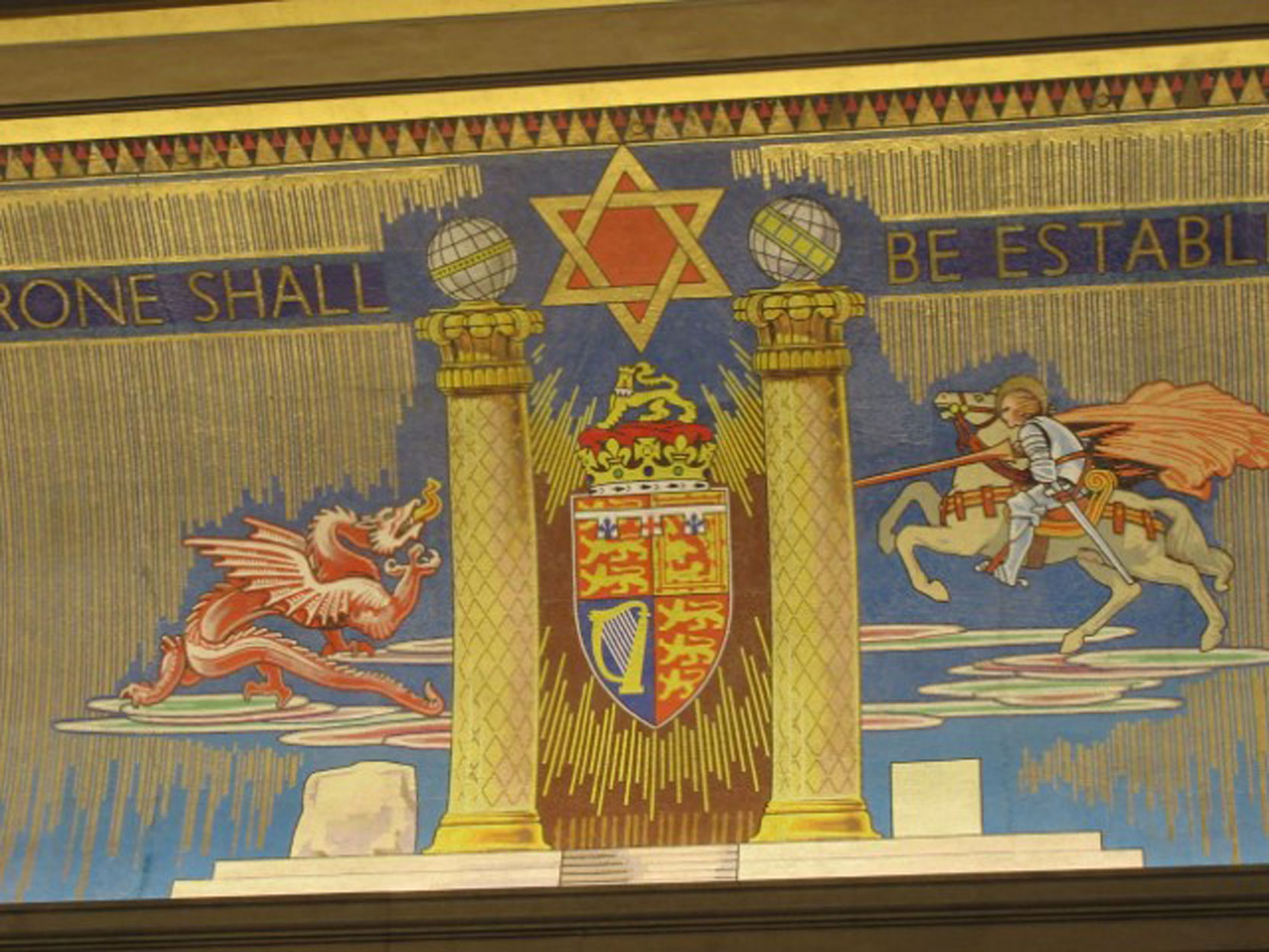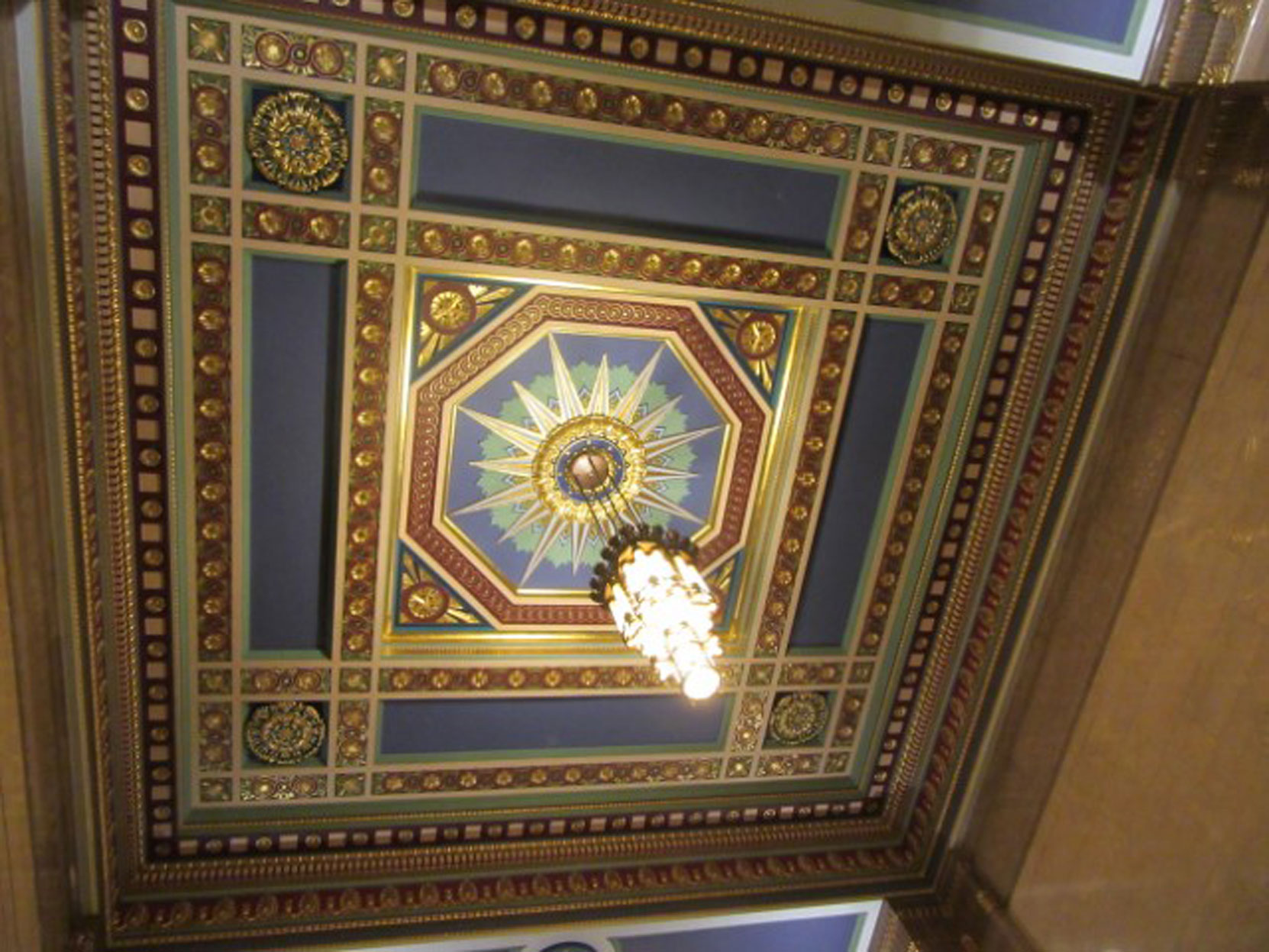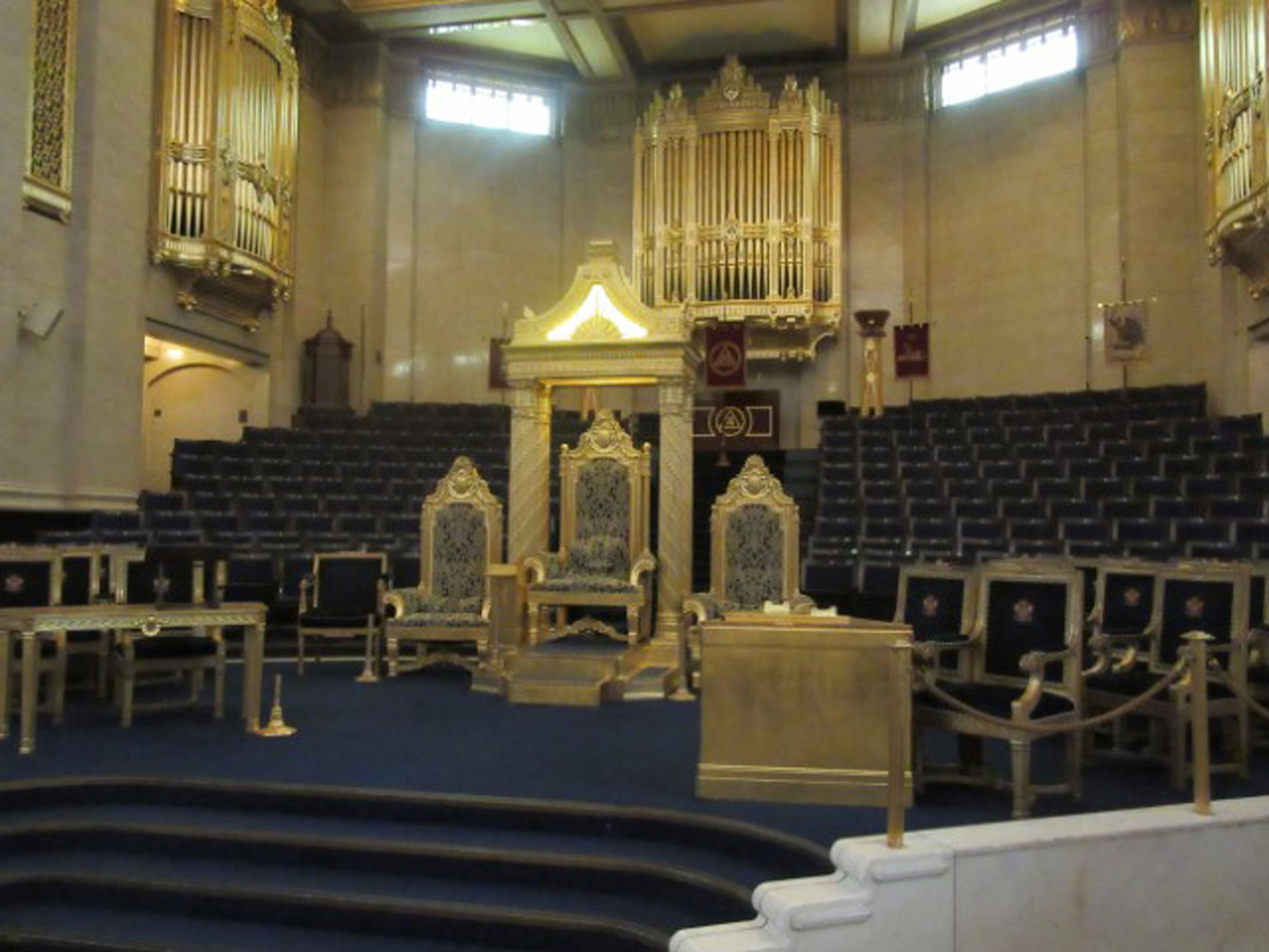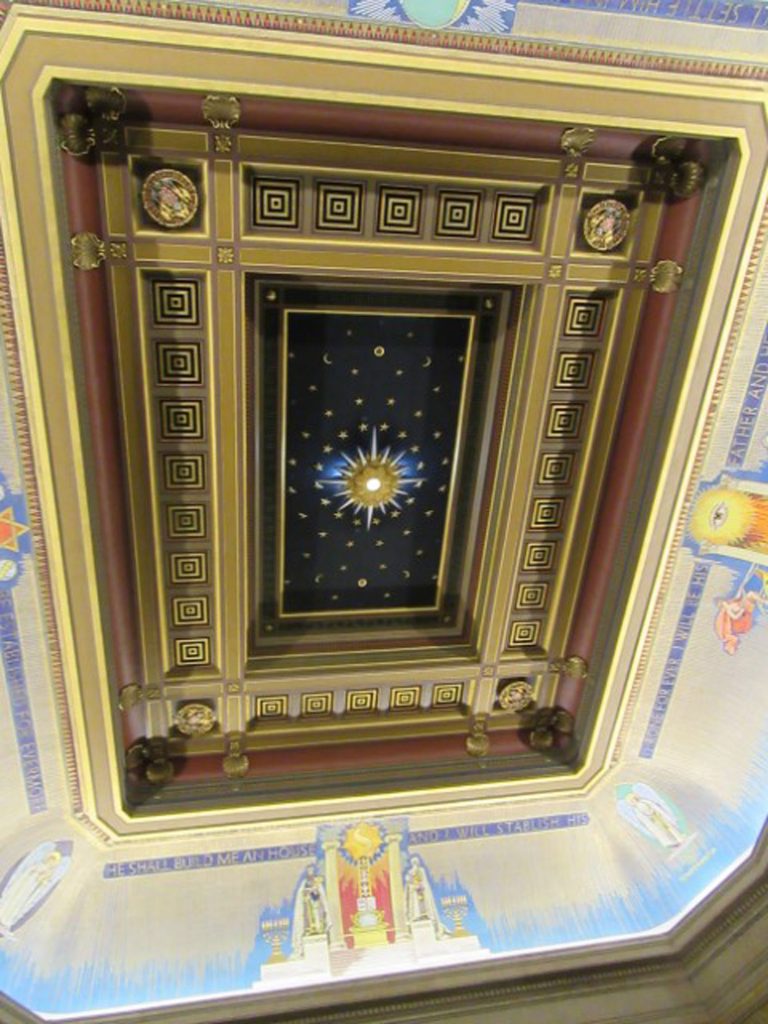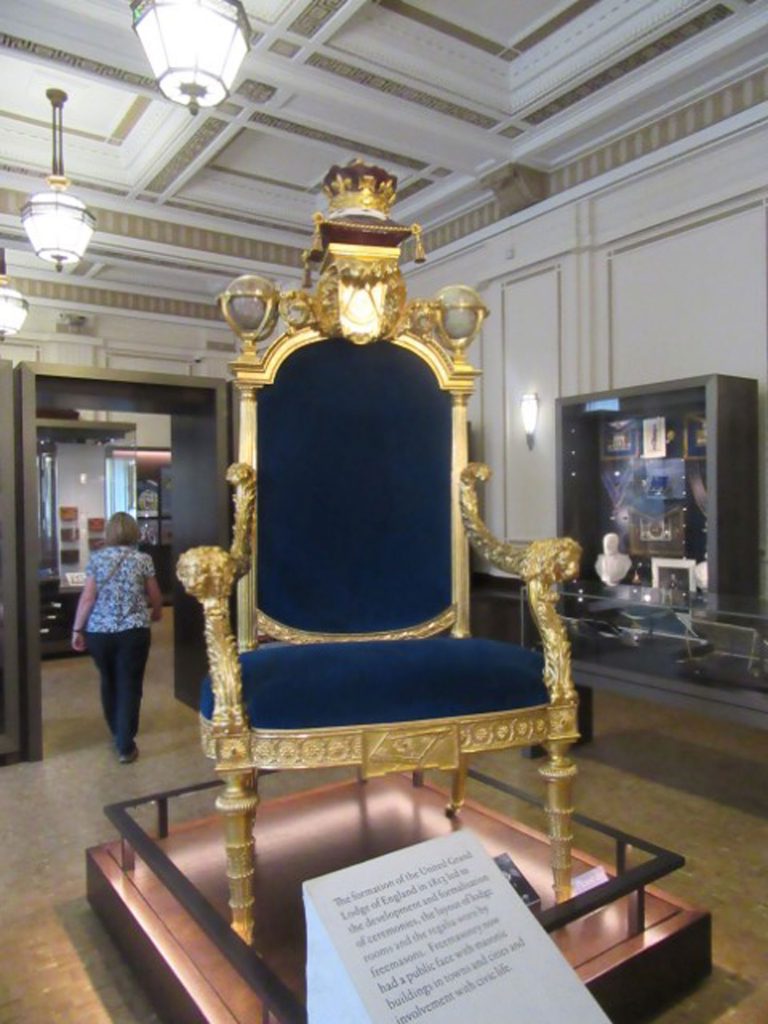This article appeared as a post on the Grand Lodge of Antient Free & Accepted Masons of Scotland, Facebook page. We have reproduced it here with permission. We have also added links to various names to assist readers.
THE FIRST SPECULATIVE FREEMASON
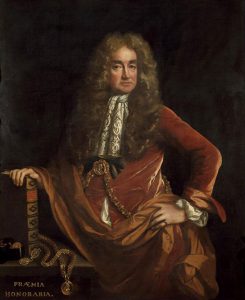
Elias Ashmole (1617 – 1692) was not the first Speculative Freemason. Nor was he the second, third or even tenth! The first Speculative Freemasons were William, Lord Alexander, his brother Anthony Alexander (the King’s Maister o’ Wark – Master of Works) and Sir Alexander Strachan of Thornton. They were Initiated on 3rd July 1634, in the Lodge of Edinburgh, that is more 12 years before Elias Ashmole. (1) To understand the importance of this and to set Ashmole’s ‘initiation’ in context some background information is necessary.
At the time of these events Scotland was a country entirely independent of England. The 1603 ‘Union of the Crowns’ (James VI of Scotland became James I of England) provided the Kingdoms of Scotland and England with single monarch but did not unite the two countries in other respects. For example Scotland retained its’ own parliament, monetary system, laws, religion and, of course, Freemasonry. In 1534 Henry VIII of England instituted a religious reformation, by making himself the head of the church in place of the Pope in Rome. His motivation for doing so was his need to annul his first marriage to Catherine of Aragon and the Pope’s refusal to grant such an annulment. The motives were therefore legal, jurisdictional and political rather than religious. (2) Once set in motion Henry took the opportunity to confiscate most of the church’s money and property. Lay organisations which supported and encouraged pre-Reformation religious practices were swept away, their money and property were confiscated and this included English guilds. The situation in Scotland was quite different. The Protestant Reformation took place in Scotland in 1559 and was religious in nature. The Catholic Church and many of its’ practices was replaced by an entirely new system of religious observance based on Calvinism. MORE? Unlike England, Scottish Guilds (known as Incorporations), were not abolished but their religious support for the pre-Reformation Church simply ceased when the new Protestant faith was established. (3)
Scottish Incorporations (rather like the extinct English Guilds) therefore functioned in Scotland before and after the Reformation. (4) The main purpose of Incorporations was to advance the interests of their members. Considering them as a form of proto-Labor Union goes some way to understanding ‘what they were about’ but they did more than negotiate with employers. They were responsible for regulating their members to the extent that they tasked with controlling wages, supervising ‘quality control’, setting the terms for apprenticeships, burying deceased members, looking after their widows and orphans and even improving the morals of the members. All the major trades had an Incorporation including Baxters (bakers); Cordiners (shoemakers); Fleshers (butchers); Hammermen (iron workers); Wobsters (weavers) and of course Masons (stonemasons). When new members admitted to an Incorporation certain secrets were communicated to each new member. (5) However, and most importantly, only the Incorporation of Masons had an additional level to the incorporation – the Lodge. In this the Masons were unique. The reasons why an extra body was required was due to the fact that the Incorporation of Masons also included other trades such as Wrights (carpenters) and Coopers (barrel makers) and communicating stonemasons’ secrets could not be done in a body were non-stonemasons were present. The Lodge was therefore a place where secrets were transmitted from stonemasons to stonemasons and no one else. Incorporations were an acknowledged and accepted part of Scottish society in other words they were the public face of stonemasons but the Lodge was secret – the private face of the craft. Incorporations kept written records of their activities whereas Lodges did not.
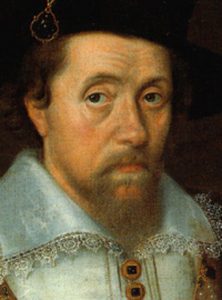
That changed in 1598 when the King’s Maister o’ Wark, William Schaw (c.1550 – 1602) wrote what are now known as the First Schaw Statutes and which were followed by the Second Schaw Statutes in 1599. It is because of these documents that Schaw is known as the Father of modern Freemasonry. Without going into detail as to what these documents contain it is important to appreciate that they were instructions issued to all the Lodges in Scotland. They contain a large amount of interesting information regarding stonemason Lodges but it is sufficient here to state that they formalised an existing organisation. Schaw was a primarily a civil servant and one can understand his dismay at being in charge of a informal, perhaps disorganised, system of Lodges spread across Scotland. His statutes instituted a much more organised system including the keeping of written records and this is why the oldest Lodge records date from soon after his statutes. (6) The establishment of a national system of stonemasons Lodges was no doubt of benefit to Schaw, certainly from the point of view of efficiency, but it seems certain that the statutes were actually a subterfuge for esoteric matters which space does not allow for discussion here. Schaw died in 1602 leaving behind his national system of Lodges, as detailed in his statutes, which can be seen continuing to the present day. (7)
One of the inevitable consequences of Schaw’s instructions was that Lodges became fixed, permanent, institutions. They were no longer casual, meeting when thought necessary (usually to initiate a candidate or conduct Lodge business). After Schaw’s death Lodges now met at particular times (the main annual meeting being on 27th December – Saint John the Evangelist’s Feast Day) and kept written records. An identifiable body of men meeting in every Scottish town on a regular basis almost certainly attracted attention. Whether these Lodges admitted non-stonemasons before Schaw formalised them we have no way of knowing for they did not keep written records until instructed to do so by him. It is a very interesting, if speculative, thought that Schaw may have been the first non-stonemason (that is a Speculative Freemason) to be initiated into a Lodge.
Soon after Lord Alexander, his brother and a friend became members of the Lodge of Edinburgh other non-stonemasons also joined the Lodge. In 1635 Archibald Stewart of Hesselsyd became a member. He was followed by David Ramsay (a ‘special servant’ to the king – who was by now Charles I (1600 – 1649) in 1637 and later that year Alexander Alerdis [Allardyce of that Ilk] joined the Lodge. Henry Alexander (the brother of Lord Alexander and Anthony who had been admitted to the Lodge in 1634) became a member of the Lodge in 1638. (8)
Initiation of these non-stonemasons is of major significance for our understanding of the origins and development of modern Freemasonry but the Initiation of Sir Robert Moray (1608/09 – 1673) in 1641 even more important for several reasons. He was the first Speculative Freemason to be Initiated on English soil. Briefly, Moray was part of the Scottish army that occupied after besieging Newcastle-upon-Tyne, England, during the so called ‘Bishops Wars’ (1639 – 1640). Members of the Lodge of Edinburgh were pioneers attached to the army to build bridges, fortifications etc. and they held a special meeting to initiate Moray and another army general, Alexander Hamilton. There is nothing unusual in this as this was a common practice known as ‘out entries’ as attested by a number of similar Initiations noted in various Lodge records. It also accords well with Scottish Masonic belief that a Lodge is not a place but is a gathering of like minded men who come together for the purposes of Freemasonry. This record of Moray’s Initiation means that he was therefore made a Freemason five years before Ashmole.
Moray was a prime mover in the founding of the Royal Society and became its’ first president. The society’s inaugural meeting was held on Wednesday, 28 November 1660, at Gresham College, London, attended by 12 eminent gentlemen. Ashmole was not one of them. These 12 prepared a list of 40 other eminent gentlemen to be invited to join the new society. Ashmole was on that list and therefore, although one of the earliest members of the society, he was not a founder member. (9) The Royal Society still holds its’ annual meeting on Saint Andrew’s Day (30th November) in honour of the Scot who was the first president. (10) Moray and Ashmole must therefore have met each other but there is nothing extant which casts light on the nature of their relationship. Whether they ever discussed Freemasonry is also unknown. The absence of evidence can, occasionally provide some insights as they permit us to compare ‘silence’ with what is known.
As we have seen Moray was Initiated into a Lodge of a fixed, permanent, type as directed by William Schaw in his statutes. (11) Ashmole by comparison was Initiated in a Lodge the evidence for the existence of which is an entry in Ashmole’s personal diary. It seems therefore that the Lodge at Warrington, England, was at best an occasional Lodge and was consequently quite unlike Scottish Lodges. Whether they were the same, or more specifically, conducted the same ceremonies of Initiation is unknown. It has been claimed that we know nothing of Masonic ritual in use before 1717. (12) This is incorrect as there is a large amount of written material on that very subject. (13) These rituals comprise a family of very similar documents of which the Edinburgh Register House MS of 1696 is the oldest. (14) The existence of these rituals allows us to see the form of ceremony used by Lodges in Scotland before the existence of any Grand Lodge and raises the question as to what kind of ceremony did Ashmole experience? Was it the same as that practiced in Scottish Lodges? If so, then he would have been Initiated, like Moray, ‘Scottish style.’ If not, then it was not according to the established practice of the time.
Ashmole’s interest in Freemasonry was fleeting at best. His detailed and meticulous diaries show that he was ‘initiated’ in Warrington on 16th October 1646. He never again attended a Lodge meeting. The only other Masonic occasion relating to Ashmole is again found in a diary entry for 1682 when he attended a gathering of Freemasons at the Masons’ Livery Company. Ashmole’s Masonic career is in stark contrast to the Speculative Freemasons referred to above who continued to attend Lodge meetings for several years after their Initiation ceasing only on the outbreak of war. Ashmole wrote nothing about Freemasonry other than the two brief entries in his diary. Moray on the other hand wrote a large amount mainly describing, interpreting use of his Mason’s Mark (I can provide a high resolution image of this for illustrative use) and what Freemasonry meant to him. (15) He did not reveal what would be considered to be Masonic secrets and was not concerned about people knowing that he was a Freemason. (16) In comparison to Ashmole Moray considered his membership of a Lodge to be important and that Freemasonry and particularly his Masonic Mark had mystical and symbolic significance.
Moray and Ashmole did share something in common – an interest in Alchemy. Moray built an alchemical laboratory within Whitehall Palace. The rooms were gifted by the king. He was a personal friend of Charles II (1630 – 1685) and it was this friendship that was instrumental in gaining royal approval for the Royal Society in 1662. (17) One of his experiments was an attempt to extract lead from rock and then to turn that lead into silver. In this he was partly successful and reported the results of the experiment to the Royal Society.
CONCLUSION
We can see from the very brief outline of the Scottish Lodge system described above that more than 100 years before the existence of any Grand Lodge, stonemasons’ Lodges were Initiating non-stonemasons. They did so for a variety of reasons and once they did so there was no stopping the admission of non-stonemasons into their Lodges. Modern Speculative Freemasonry was born although there were to be many subsequent additions, changes and elaborations. The change from stonemasons’ Lodges into modern Masonic Lodges is known as the ‘Transition Theory’ and is something that can be clearly seen taking place in the written records of Scottish Lodges. The details of the actual individuals, Speculative Freemasons, initiated as early as 1634 are part of the extant written evidence. Information such as this underlines the importance of these Lodge records.
For those wishing to know more about the earliest days of modern Freemasonry I can do no better that recommending the seminal works of Professor David Stevenson. These are: ‘The Origins of Freemasonry – Scotland’s Century 1590 – 1710’ and ‘The First Freemasons – Scotland’s Early Lodges and their members.’
END NOTES
1) The Lodge is still in existence and is now known as The Lodge of Edinburgh Mary’s Chapel), No. 1. The Lodges Minutes commence on 31st July 1599 and are continuous to date.
2) The Act of Supremacy of 1534 ended Papal authority over the church in England and transferred to the crown.
3) Many of these Incorporations continue to exist in Scotland to this day including, for example, the Incorporation of Masons of Glasgow which has a recorded existence from 1475. CHECK They are now confined to being charitable bodies.
4) There are very few references to Lodges before the Reformation but the most important occurs in 1491 when the Masons of Edinburgh were permitted to use the Lodge for ‘recreational purposes.’ See Appendix 1, The Masonic Magician, p. 246.
5) For example a member of the Incorporation of Hammermen of Dundee was expelled in 1653 for revealing the Hammermen’s secrets to a non-member. See: The Burgh Laws of Dundee, p. 493.
6) The first are those of Lodge Aitcheson’s Haven which commence on 9th January 1599.
7) The statutes have most recently been reproduced in The Rosslyn Hoax?, Appendix 1 & 2. pp. 330 – 335.
8) Later the 2nd Earl of Stirling.
9) See: ‘From Elias Ashmole to Arthur Edward Waite’ in Philalethes, Winter 2011, pp 22 – 23.
10) Saint Andrew is the Patron Saint of Scotland.
11) For this reason these are occasionally referred to as ‘Schaw Lodges.’
12) See: ‘From Elias Ashmole to Arthur Edward Waite’ in Philalethes, Winter 2011, pp 24.
13) These rituals or catechisms have been known of since 1930 when the oldest of them, the Edinburgh Register House MS dated 1696, was discovered and announced to the Masonic world in ‘Ars Quatuor Coronatorum’ (AQC) Vol. 43, pp 153 – 155. (This is the annual journal of Quatuor Coronati Lodge, No. 2076 the oldest Lodge of Research in the world).
14) Others pre-Grand Lodge rituals in this family of documents are dated 1700, 1705, 1710 and 1715.
15) These discussions are contained within the Kincardine Letters written 1657 – 1659.
16) From the historian’s point of view it is a pity that he did not discuss any aspects of Lodge ritual including the so called ‘secrets’ but it is perhaps an indication that he took his oath (obligation) to heart.
17) The society was in fact granted three Royal Charters: 1662, 1663 and 1669 all within the lifetime of Moray. In the second of these ‘the King declares himself to be the Founder and Patron of the Society.’ See the society’s web site at: http://royalsociety.org/about-us/history/
From the Grand Lodge of Antient Free & Accepted Masons of Scotland, Facebook page
Here are some links to more information on people and topics mentioned in this article:
Elias Ashmole
Sir Robert Moray
William Schaw
King James VI of Scotland / King James I of England
Origins of Freemasonry
Would you like to leave a comment or question about anything on this post?
